Introduction
Medicinal porridge, a traditional cuisine deeply rooted in various cultures around the world, especially in East Asia, combines the nourishing properties of herbs, spices, and grains with the comforting warmth of a hearty porridge. This ancient practice of incorporating medicinal ingredients into daily meals aims to enhance health, prevent diseases, and promote longevity. Unlike modern pharmaceuticals, medicinal porridge relies on the natural healing powers of herbs and foods, making it a gentle and holistic approach to wellness.
In this comprehensive guide, we will explore the basics of making medicinal porridge, from selecting the right ingredients to perfecting your cooking technique. Whether you are a seasoned chef or a novice in the kitchen, this guide will provide you with the knowledge and skills necessary to create nutritious and flavorful medicinal porridge at home.
Understanding the Ingredients
The key to making a effective medicinal porridge lies in the careful selection and combination of ingredients. Here are some of the most commonly used ingredients in medicinal porridge, along with their health benefits:
-
Grains: The foundation of any porridge, grains such as rice, oats, barley, and millet provide essential carbohydrates, fiber, and nutrients. Different grains have unique properties; for example, oats are rich in beta-glucan, which helps lower cholesterol, while brown rice is a good source of antioxidants.
-
Herbs and Spices: Herbs and spices add flavor and depth to your porridge while also contributing to its medicinal properties. Popular choices include ginger, which aids digestion and has anti-inflammatory properties; cinnamon, which can help regulate blood sugar levels; and turmeric, known for its powerful anti-inflammatory and antioxidant effects.
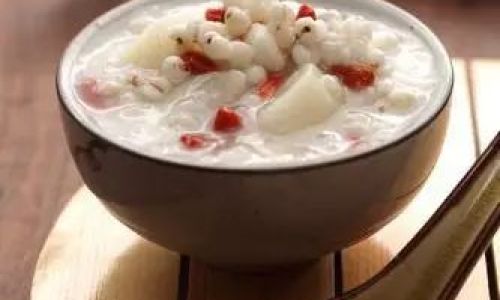
-
Roots and Tubers: Ingredients like ginseng, lotus root, and burdock root are often used in medicinal porridge due to their perceived health benefits. Ginseng, for instance, is believed to boost energy and improve cognitive function, while lotus root is thought to support digestive health.
-
Seeds and Nuts: Adding seeds and nuts like chia seeds, flaxseeds, almonds, and walnuts can enhance the nutritional profile of your porridge. These ingredients are rich in healthy fats, protein, and essential vitamins and minerals.
-
Fruits and Vegetables: Incorporating fruits and vegetables like apples, carrots, and sweet potatoes can add natural sweetness and additional nutrients to your porridge. These ingredients are also packed with antioxidants, vitamins, and minerals that support overall health.
-
Liquids: Water or broth is used as the base for cooking the porridge. Using broth made from bones or vegetables can add extra flavor and nutrients to your dish.
-
Sweeteners and Condiments: While honey, maple syrup, or coconut sugar can be used to sweeten your porridge, it’s important to use them sparingly to avoid adding unnecessary calories. Condiments like soy sauce or miso can also be used to enhance flavor.
Choosing the Right Ingredients for Your Needs
When selecting ingredients for your medicinal porridge, consider your specific health goals and dietary preferences. For example, if you are looking to improve your digestion, you might choose a combination of ginger, oats, and chia seeds. If you are seeking to boost your immune system, consider adding garlic, turmeric, and citrus fruits like lemon or lime.
It’s also important to be mindful of potential allergies or sensitivities when selecting ingredients. If you are unsure about a particular ingredient, it’s always best to consult with a healthcare professional before incorporating it into your diet.
Preparing Your Ingredients
Before you begin cooking, take a few minutes to prepare your ingredients. This includes washing and chopping vegetables, toasting nuts and seeds, and grinding herbs if necessary. Proper preparation will ensure that your medicinal porridge cooks evenly and tastes delicious.
When working with herbs, it’s important to note that some herbs are more potent when used fresh, while others are more effective when dried. Fresh herbs like ginger and cilantro should be finely chopped or grated to release their flavors. Dried herbs, on the other hand, can be added whole or crushed depending on their texture and the desired effect.
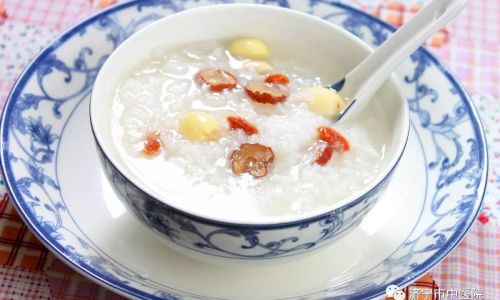
Cooking Techniques
There are several different techniques you can use to make medicinal porridge, depending on your preferences and the ingredients you have chosen. Here are a few common methods:
-
Stovetop Method: This is the most straightforward way to make porridge. Simply combine your grains, herbs, and liquids in a pot and cook over medium-low heat until the grains are tender and the liquid has been absorbed. Stir occasionally to prevent sticking.
-
Slow Cooker Method: If you prefer to set it and forget it, a slow cooker is a great option for making medicinal porridge. Add all your ingredients to the slow cooker, set it to low, and let it cook for several hours until the grains are tender. This method is perfect for those who have a busy schedule or prefer to cook in bulk.
-
Instant Pot/Pressure Cooker Method: Pressure cookers like the Instant Pot can make medicinal porridge in a fraction of the time it takes on the stovetop. Simply add your ingredients to the pressure cooker, set it to the porridge or rice setting, and let it do its job. The pressure will help break down the grains and herbs, making your porridge creamy and flavorful.
-
Overnight Method: For a hands-off approach, try making your medicinal porridge overnight in a crockpot or rice cooker. Add all your ingredients before bed, set it to low, and wake up to a warm and nutritious breakfast waiting for you.
Customizing Your Medicinal Porridge
The beauty of medicinal porridge is that it can be customized to suit your individual tastes and health needs. Here are a few ways to make your porridge unique:
-
Add Protein: For a more filling meal, consider adding protein sources like eggs, tofu, tempeh, or legumes like chickpeas or lentils. This will not only increase the nutritional value of your porridge but also help keep you satisfied longer.
-
Incorporate Dairy or Dairy-Free Alternatives: If you enjoy a creamy texture, you can add milk or cream to your porridge. For a dairy-free option, try using coconut milk, almond milk, or oat milk. These alternatives can add a rich and creamy texture without the lactose.
-
Experiment with Flavors: Don’t be afraid to experiment with different herbs, spices, and condiments to find flavors that you love. For example, adding a splash of tamari or coconut aminos can give your porridge a savory umami flavor, while a drizzle of tahini or almond butter can add a creamy and nutty taste.
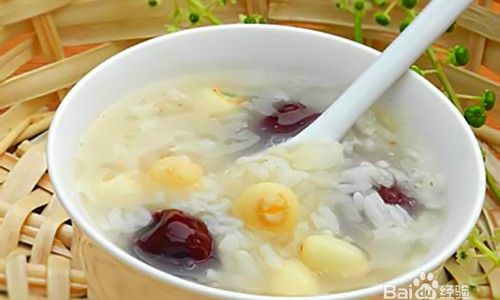
-
Toppings and Garnishes: Elevate your medicinal porridge with toppings and garnishes like fresh herbs, nuts, seeds, fruit, or a drizzle of honey. These additions can add texture, flavor, and additional nutrients to your dish.
Storing and Reheating Your Medicinal Porridge
Medicinal porridge can be made in bulk and stored in the refrigerator or freezer for later use. Here are a few tips for storing and reheating your porridge:
-
Storing: Once your porridge has cooled to room temperature, transfer it to an airtight container and store it in the refrigerator for up to 5 days. For longer storage, you can freeze your porridge in individual portions for up to 3 months.
-
Reheating: To reheat your porridge, simply place it in a microwave-safe container and heat until warm. Alternatively, you can reheat it on the stovetop over low heat, stirring occasionally to prevent sticking. If your porridge has thickened too much during storage, you can add a splash of water or milk to reach your desired consistency.
Conclusion
Making medicinal porridge at home is a simple and effective way to incorporate healthy, healing ingredients into your daily diet. By carefully selecting your ingredients, preparing them properly, and using the right cooking techniques, you can create a nutritious and flavorful porridge that meets your specific health needs and tastes. Whether you enjoy it for breakfast, lunch, or dinner, medicinal porridge is a versatile and delicious way to support your overall well-being.
As you continue to explore the world of medicinal porridge, don’t be afraid to experiment with different ingredients and flavors to find what works best for you. Remember, the key to making a successful medicinal porridge is to listen to your body and pay attention to how different ingredients make you feel. With time and practice, you’ll develop a deep understanding of which ingredients and combinations work best for your unique health needs.
In addition to its health benefits, making medicinal porridge can also be a meditative and joyful kitchen practice. Take your time to savor the process of preparing and cooking your porridge, and enjoy the satisfying feeling of nourishing yourself with a homemade meal. With each bite, you’ll be taking a step towards better health and well-being.
So, why wait? Gather your ingredients, roll up your sleeves, and start making medicinal porridge today. Your body and mind will thank you!
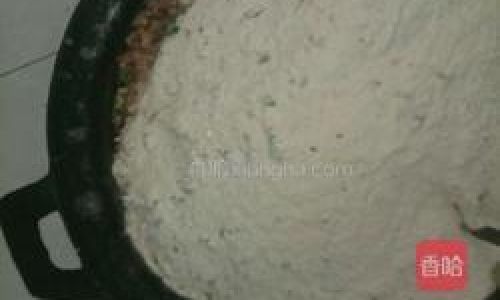
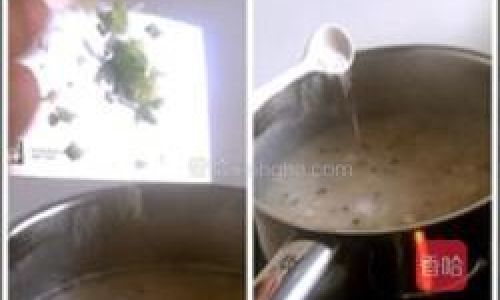
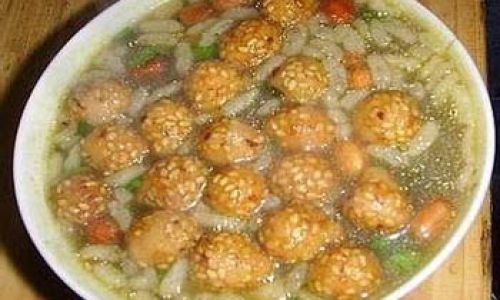
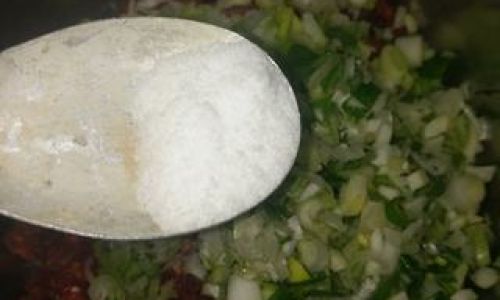
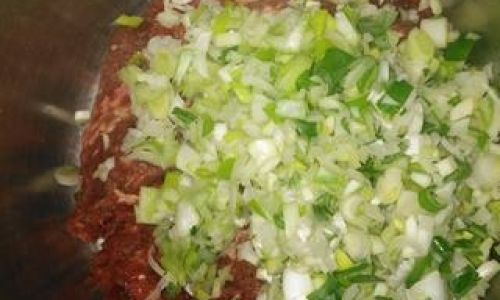
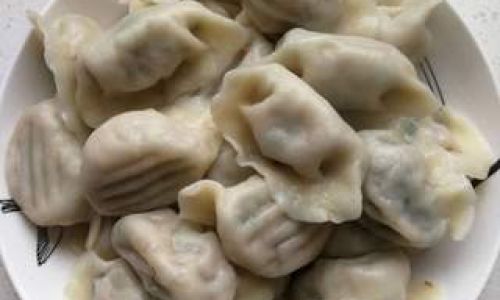
0 comments